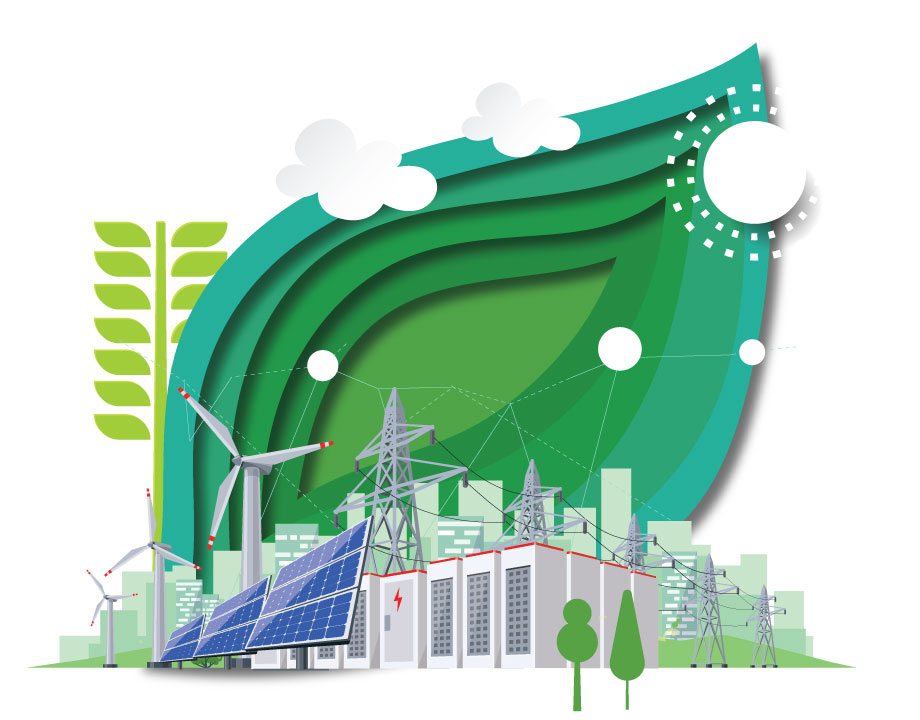Energy Blog: Promising Startups Taking Aim at Energy Transition
Energy Blog: Promising Startups Taking Aim at Energy Transition


From nuclear waste disposal to hydrogen transport, slurry ablation, and fusion technologies, multiple emerging technologies are getting a boost forward.
Although the future of renewable energy remains uncertain in the United States thanks to the rapidly changing political landscape, worldwide investment in renewable energy reached record heights in 2024, up 11 percent over the previous year to hit $2.1 trillion, according to “Energy Transition Investment Trends 2025,” published in January by BloombergNEF.
Of that amount, investment in emerging technologies accounted for about $155 billion. But that represents a 23 percent decline over 2023, attributable to affordability, commercial scalability, and technology maturity, the report noted.
A slew of startups worldwide is pursuing some of those new technologies and March has proved to be a busy month on that front.
Deep Isolation, a Berkeley, Calif.-based company that is commercializing nuclear waste disposal in deep boreholes, just completed a multi-year project with the U.K. government, a significant step toward proving the feasibility and commercial readiness of deep borehole disposal solutions. It also resulted in the manufacture of a first-of-its-kind disposal canister prototype.
Deep Isolation’s solution, which can be implemented modularly, uses directional drilling technology to place waste hundreds of meters underground within stable geological formations.
Meanwhile, on March 12, as part of S&P Global’s annual energy conference CERAWeek held in Houston, the Rice Alliance hosted its Energy Venture Day and Pitch Competition in partnership with the Houston Energy Transition Initiative and TEX-E. The competition connects energy startups with investors of all kinds, from venture capitalists to corporate innovation groups and service providers.
After hearing pitches from 36 startups across three tracks, judges selected three “most promising” winners from each track.
Under Track A, “Hydrogen, Fuel Cells, Buildings, Water and Other Energy Solutions,” the top firm was Maryland-based Arculus Solutions, which is working on technology to retrofit natural gas transmission pipelines so they can be used to transport hydrogen.
Discover the Benefits of ASME Membership
To do this, the company has an electrochemical wrap setup that utilizes a proton-conductor and a counter electrode to pull hydrogen out of the pipe material, which allows it to recover the mechanical and structural properties it had before hydrogen exposure. The final part of Arculus’s wrap is a surface catalyst that is applied directly to the material coming in contact with hydrogen.
The winning startup under Track B, “Advanced Manufacturing, Materials, Fossil Energy and Carbon Management,” was Disa Technologies, a Wyoming-based startup that has developed a high-pressure slurry ablation (HPSA) technology that improves liberation in mining and remediation.
According to the company, HPSA can be used for improved mineral processing and mine remediation. Disa’s technology uses a mechanical process that involves particle-to-particle collisions to selectively liberate specific minerals from gangue minerals. These particles collide in slurry form, pumped through impinging nozzles within a collision chamber. In addition to better processing and recovery, this tech also uses less energy than traditional processing methods. When treating mine waste, HPSA yields a large amount of coarse fraction material and a smaller amount of concentrated fines fraction.
Disa just installed a commercial unit at a graphite plant in 2024 and is working toward using its technology to remediate abandoned uranium mines across the country.
As for Track C, which focused on “Industrial Efficiency, Decarbonization, Electricity and the Grid,” Virginia-based NearStar Fusion earned the judges’ top nod. The company is developing a scalable and modular Magnetized Target Impact Fusion (MTIF) technology that could be easily deployed on existing grids.
NearStar’s modular plant is composed of four parts: a hypervelocity plasma railgun, an expendable fuel target that contains deuterium gas, a stainless steel reaction chamber, and a set of conventional systems including a heat exchanger, steam turbine, and generator. Each fusion driver is about 300 feet long, can produce 50 MW of electricity, and can be easily scaled horizontally.
Energy Venture Day was also a qualifying event for the Startup World Cup, where ventures will compete for a $1 million investment prize. As the event’s overall winner, Arculus Solutions was invited to compete at the Startup World Cup that will be held October 17, 2025, in San Francisco.
Meanwhile, Texas-based student startups also had the opportunity to compete at Energy Venture Day for the TEX-E Prize, which awards cash prizes totaling $50,000. Coming in first place and winning $25,000 was HEXASpec, which is working on technology that enhances semiconductor chips’ thermal conductivity. Led by three Rice University material science experts, HEXASpec is using existing techniques through the integration of AI modeling and additive manufacturing to manufacture high-performance fillers for next-generation chip packaging. The company’s solution improves thermal conductivity and protection, while also reducing chips’ operational surface temperature.
Louise Poirier is senior editor.



